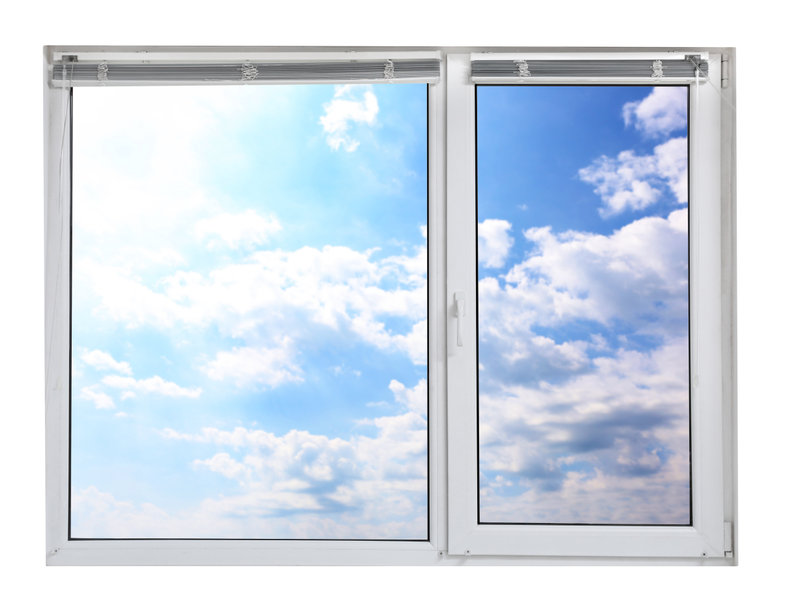- Apply Spray Foam
This window insulation method works best when you have enough space between your window and wall or the area beneath the window and the tram.

Spray foam usually expands once it has been released and is an easy insulation method compared to the manual fitting of insulation batts. It offers a more permanent solution, unlike molding. However, it can be a little tough to use spray foam neatly even if you have the experience that is why it is often bought with a foam solvent. A foam solvent is a liquid that chemically dissolves the spray foam upon impact before it hardens.
- Use Weather Stripping
Weather stripping can be used for insulation by applying it to the areas around your single windowpane. It is an insulation material made of an open-cell or felt foam, similar to wall and attic insulation. It can also come in form of vinyl or laminate, giving you a variety of choices to pick from. The installation procedure will involve cutting the stripping material to fit your single-pane window. Felt could be an ideal option for you if you are working on a tight budget. However, vinyl is considered more durable among weather stripping materials, particularly in humid locations.
- Use Window Sealant and Caulk
Applying caulk or sealant around the perimeter of your single-pane window is probably the easiest and quickest way to provide proper insulation against elements. Not only does it keep your home cooler during summer but also prevents cold air from getting inside your home during winter. Some of the most popular caulk materials to use for your window insulation include acrylic-based formulas and silicone. You need a material that can expand and contract during changes in temperature and humidity, and is waterproof. You can always do a hand test if you already have caulk to determine if it needs to be removed and replaced.
- Use Thermal Window Dressings
Window dressings are both effective and decorative means to insulate your single-pane windows. Having accurate window measurements will ensure your window dressings fit properly. Not only can you choose from a wide variety of window dressings but you can also install them by yourself. Some of the best options you can try out on your single-pane window include thermal drapes, insulation film, and cellular shades.
- Increasing the Energy Efficiency of Your Single-Pane Windows
It is possible to increase the energy efficiency of your single pane window. First, you need to identify any potential air leaks, cracks, or loose joints by inspecting them closely around the perimeter of the window frame. It is important to address your window problem as soon as you can if you notice a significant increase in your energy bills. Adding sealant, caulking, insulation film and weather stripping can keep out cold air and prevent UV rays from getting in. When combined with other window treatments like drapes and blinds, your single pane windows will become more energy-efficient and help you incur less on your utility bills.
To winterize your single-pane window, it is important to ensure there are no gaps or crevices between the window and the structure of your home. For instance, if you feel cold drafts of air coming in between the windowpane and the frame, then you need to seal them up. Good window insulation makes you prepared for the winter because it will be more energy efficient during the colder months of the year.
There are several options to choose from when you want to insulate a single-pane window. The only factors that create a difference in what you can choose are your budget and style preferences. It is crucial to measure the size of your window and frame to determine the amount of insulation you will need for your single-pane window. You also need to come to terms with the tradeoffs you are willing to make, especially when you block access to the window or compromise the initial view.
